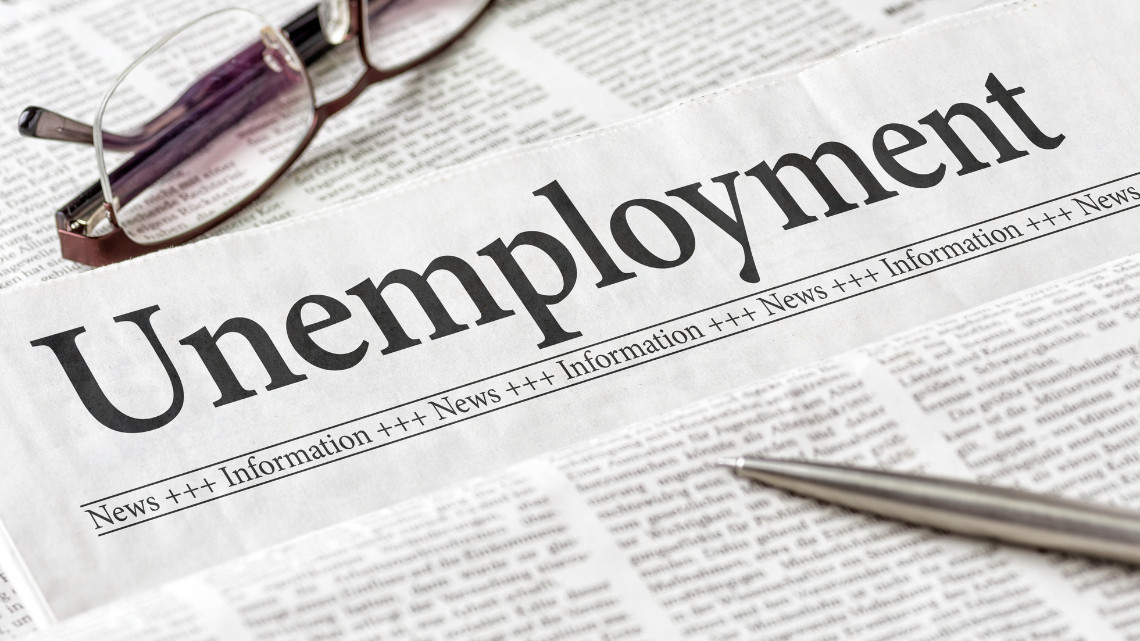
Director Julia Dale of Michigan’s Unemployment Insurance Agency (UIA) said Monday that a Senator’s attempt to audit how the state determines an applicant’s eligibility requirements and an employer’s protests “would probably be premature.”
In February, Sen. Jim Runestad (R-White Lake) asked the Michigan Office of the Auditor General to look into claims by Wolverine Lake-based Unemployment Services Inc. (USI) that only 47 percent of UIA’s approximately 45,512 unemployment claims from January 2018 to the present were valid. The rest were not.
Of the 45,512, 32 percent – or around 14,750 – were linked to past employees who quit their jobs, with their employers protesting the claim.
Eight percent – or around 3,750 – featured former workers who were discharged from their job posts for a cause, resulting in their employers protesting their claims for unemployment benefits. Also, 6 percent – or approximately 2,769 – were described in Runestad’s letter as “extended benefits claims from the pandemic and protested on a case-by-case basis largely when the separation would have been disqualifying.”
On Monday’s episode of the MIRS Monday podcast, Dale said that over the last year, her leadership team has been emailing the owner of USI “almost on a daily basis.”
“I can’t speak specifically to those statistics to say whether or not those are accurate. What I can tell you is that we have engaged directly with (USI) and also with Sen. Runestad’s office for the last several months,” Dale said. “Certainly, we know that some of the concerns they raised … we’ve shared are due to system limitations that would not make sense for us to invest (money) right now to change the old system when we’re replacing it with the new system.”
Near the end of last year, it was announced that the UIA was dropping its Michigan Integrated Data Automated System (MiDAS) for gathering unemployment taxes from employers and deploying unemployment insurance benefits to eligible claimants.
Instead, the state chose to enter a 10-year, $78 million contract for a new system assembled by Deloitte, which is anticipated to become fully operational in 2025.
Dale described the project at-hand as “incredible,” with Deloitte’s ”uFACTS“ system for managing claims, appeals and wage determinations positioned to replace “both the internal and external-facing system for customers.”
“It is consuming a lot of our time,” Dale said. “We are looking to launch in two releases. The first release will be a release that is geared towards employers and the services we provide employers, and then the second release will be on the benefits side, and that will be complete in 2025.”
Currently, UIA uses its Benefit Accuracy Measurement Program to check if a claim is valid. If a UIA staffer is found to have made an error, it is corrected and the staffer retrained. Dale said she doesn’t have the percentage of employer appeals that are reversed.
Earlier in the podcast interview, while discussing constraints on the UIA that were amplified during the COVID-19 pandemic, Dale said one of the greatest challenges is a human resources limitation. She explained the UIA today has roughly 50 percent of the full-time employees it had at the beginning of former Gov. Rick Snyder’s administration, and when it comes to recovering money lost to fraudulent payments and over-payments, both the state UIA and the federal government struggle with resources.
On Runestad’s side of things, he wants to know if the UIA has any data on what happened to claims that were protested by employers because the ex-worker had quit. Moreover, he wants to know how many allegations of claimants quitting their jobs are adjudicated in favor of the employer and how many in favor of the employee. He has also asked if the agency has any data on working claimants purposely earning a minimum amount of wages and leaving their job posts after unemployment benefits are recharged.
Following the release of Monday’s episode, Runestad informed MIRS his office is not hearing “a fraction of the problems” from individual employees like they did during the COVID-19 timeline in 2020 and 2021.
“Now it’s the companies, and if we can resolve (it through) new software that they have, if that’s the problem, or their resources, if that’s the problem … but something’s got to be done,” Runestad said. “We’re hearing a lot of issues, like the employers are being told they’re not following the rules when they are, everything is taking an inordinate amount of time, that they’re approving claims with people that the company has demonstrated (were not eligible).”
He said whether it’s an issue related to UIA workers or the software system, “let’s fix the problem.”
For the 2024 calendar year, businesses in Michigan are assessed a payroll tax on the first $9,500 earned by each employee. If a business has had any payable unemployment claims in the last 10 years, a non-chargeable benefits component will “likely be calculated at (1 percent),” according to the Small Business Association of Michigan (SBAM).
If they have high payable unemployment claims, they could be assessed up to 6.3 percent as a chargeable benefits component, and based on how many unemployment benefits have been charged to their account over a 12-month period, they can be charged up to 3 percent as an account building competent for a reserve of potential unemployment claims.
In November 2023, SBAM published, while addressing both the chargeable benefits and account building components, that “you want to ensure this number is kept as low as possible by carefully managing and aggressively contesting your unemployment claims.”
Article courtesy MIRS News for SBAM’s Lansing Watchdog newsletter
Click here for more News & Resources.